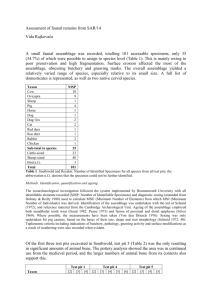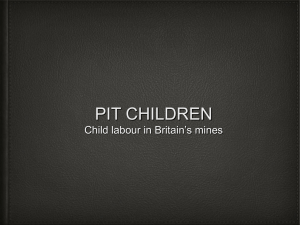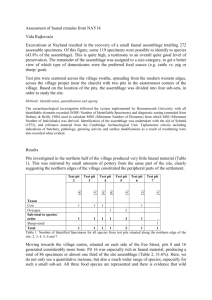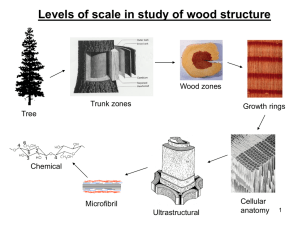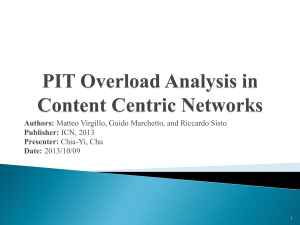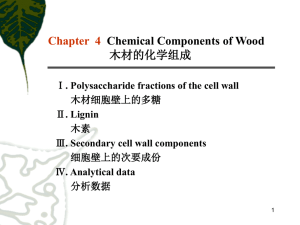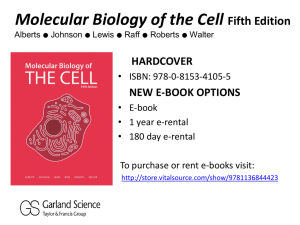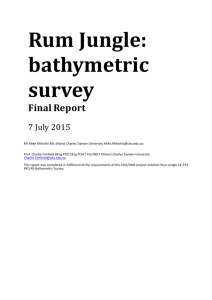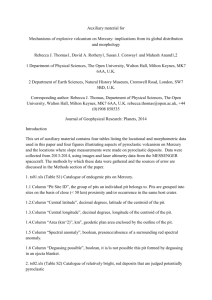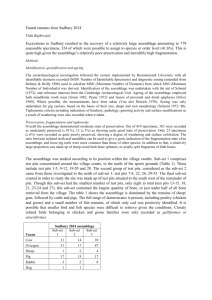Chapter Five The woody cell wall
advertisement
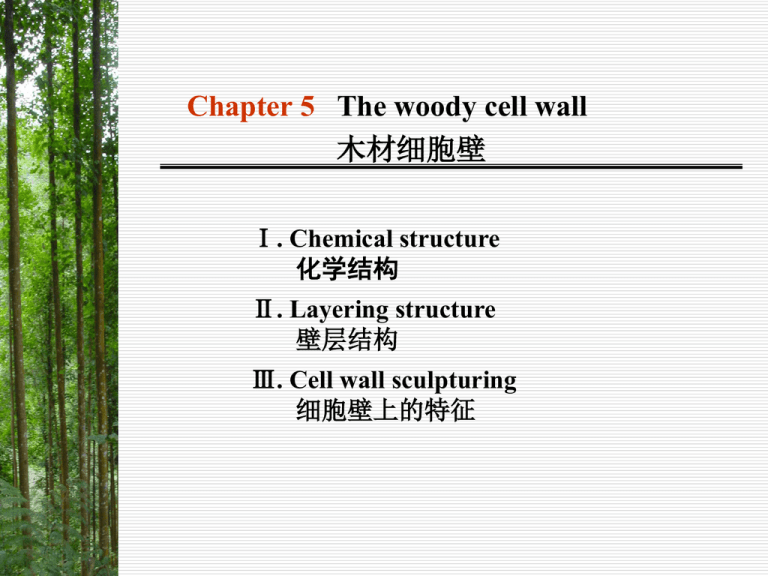
Chapter 5 The woody cell wall 木材细胞壁 Ⅰ. Chemical structure 化学结构 Ⅱ. Layering structure 壁层结构 Ⅲ. Cell wall sculpturing 细胞壁上的特征 Ⅰ. Chemical structure 1. Thickening of the cell wall(细胞壁增厚) Bundles of cellulose chains are continuously laid to the inside of cell walls, and this makes the cell wall thicker and thicker. 2. Microfibril structure (微纤丝结构) Non-crystalline area Crystalline area 3. Functions of cellulose, hemicelluloses and lignin A piece of wood can be analogized as a block of reinforced concrete. In this analogy, Cellulose: the framework – the thick steel rods Hemicelluloses: the connecting agents – the thin iron wires Lignin: Encrusting substance – the paste of cement and sands Ⅱ. Layering structure W: Warty layer S3: S3 layer S2: S2 layer S1: S1 layer Pr: Primary wall ML: Middle lamella cell wall layers main components microfibril orientation thickness PMP (复合胞间层): pectin and lignin; random network; < 1% S1 (次生1层): Cellulose & hemi-, few lignin; θ= 50-70o; ~ 10% S2(次生2层): Cellulose & hemi-, few lignin; θ= 10-30o; ~ 70-90% S3(次生3层): Cellulose & hemi-, few lignin; θ= 60-90o; < 10% W(瘤层): only occur in a few tree species Ⅲ. Cell wall sculpturing Wood cells that function primarily in the storage and conduction of food materials are known as parenchyma. These cells typically form thin secondary walls and are the last to remain functional prior to heartwoods formation. Other kinds of cells, in contrast, serve principally as avenues of conduction in the living tree; these often form thick secondary walls and thus are important in providing mechanical support to stems in which they occur. 1. Pit(纹孔) 3-1 Definition Regions on the cell wall in which the secondary portion of the wall is lacking are known as pits. 3-2 Function Pits serve as the conduction avenues between cell lumens. 3-3 Pit types — simple pits(单纹孔): occured on the thin walls of parenchyma cells. — bordered pits(具缘纹孔 ): occured on the thick walls of prosenchyma cells. 3-4 Pit pairs(纹孔对) simple pit pairs(单纹孔对): bordered pit pairs(具缘纹孔对): half-bordered pit pairs(半具缘纹孔对): 3-5 Structure of bordered pit pairs a d e a: pit ring b: pit torus f c b a: b: c: d: e: f: g: 纹孔环 纹孔托 纹孔塞缘 纹孔缘 纹孔道 纹孔室 纹孔口 g c: pit margo Pit membrane d: pit border e: pit canal 纹孔塞 f: pit chamber g: pit aperture 纹孔腔 inner aperture outer aperture Pit cavity 3-6 Effects of pits on wood properties The pits dotting the cell wall cause local variation in the normal S-1, S-2, S-3 microfibril orientation discussed earlier. This variation in microfibril orientation is known to affect directional shrinkage properties of wood and its mechanical strength. 2. Spiral thickening / 螺纹加厚 2-1 Definition In some woods, formation of the S-3 layer is followed by development of spirally arranged ridges of microfibril bundles on the lumen side of the secondary wall. These ridges are termed spiral thickenings. 2-2 Values • Strengthening the wall structure • Serving as a clue to wood identification Spiral thickenings occur in cells of relatively few softwoods and thus, when present, are a valuable clue to a wood’s identity. In hardwoods, spiral thickening is relatively common. While helically arranged thickenings may form throughout the length of a cell, this feature in other cells may be restricted to only the tops or center portions. As location of thickenings is often consistent within a given species of wood, this factor can also be of diagnostic significance. Reflection and practice: 1. Functions of cellulose, hemicelluloses and lignin in cell wall construction? 2. Microfibril structure of cellulose in cell wall? 3. Layering structure of cell wall? 4. Structure of Bordered pits? 5. The three kinds of pit pairs? 6. What is microfibril angle? 7. What is spiral thickenings?

